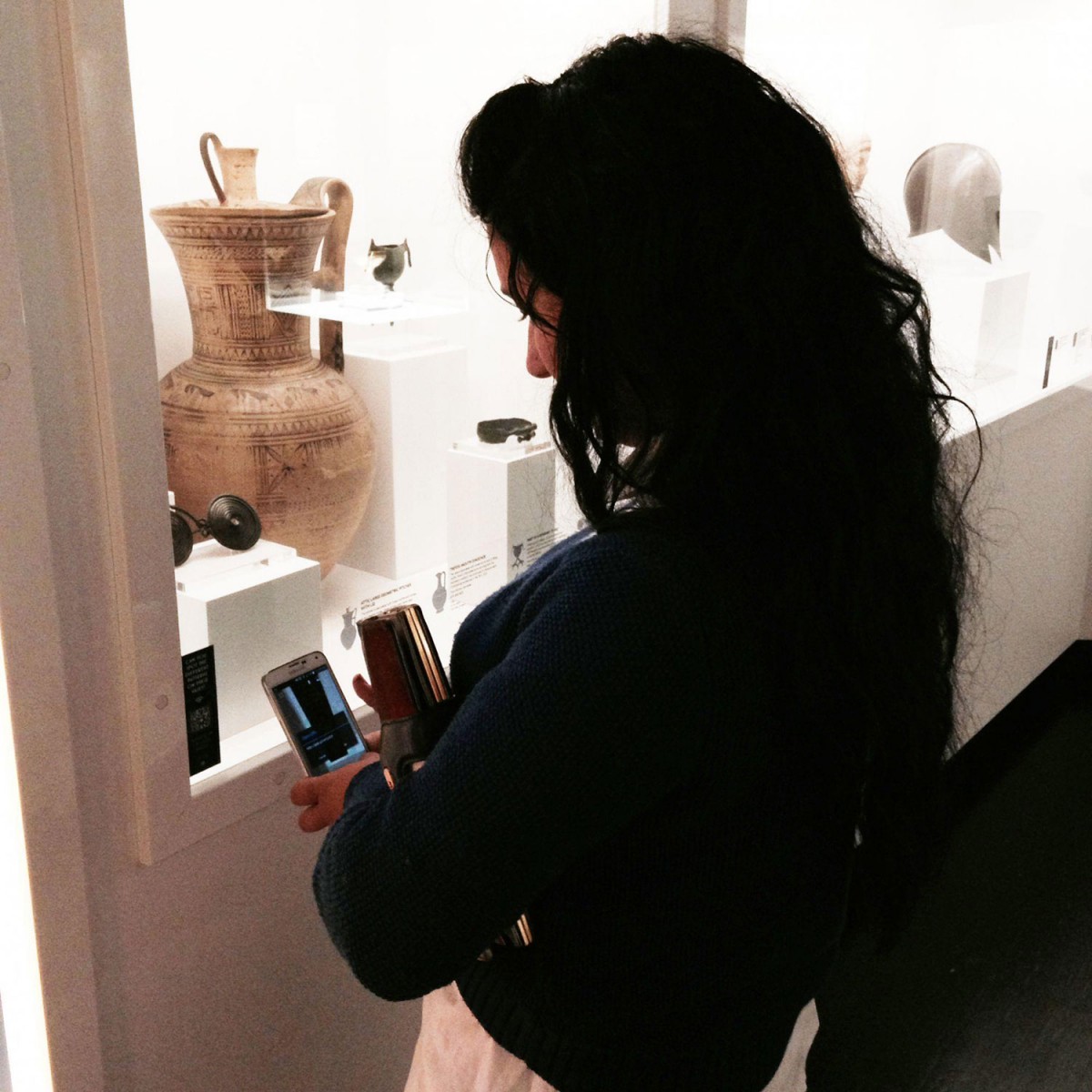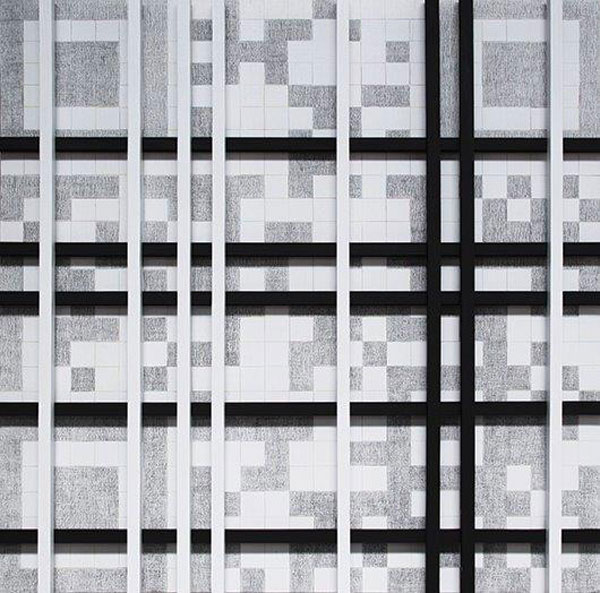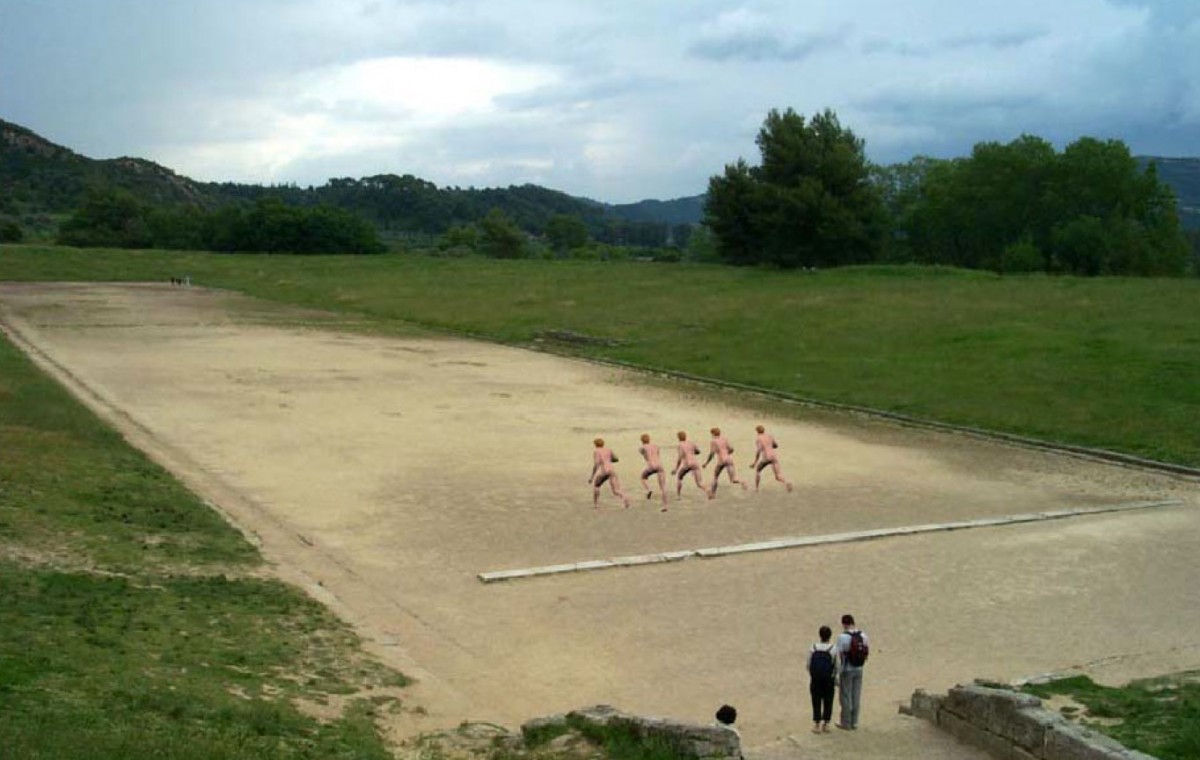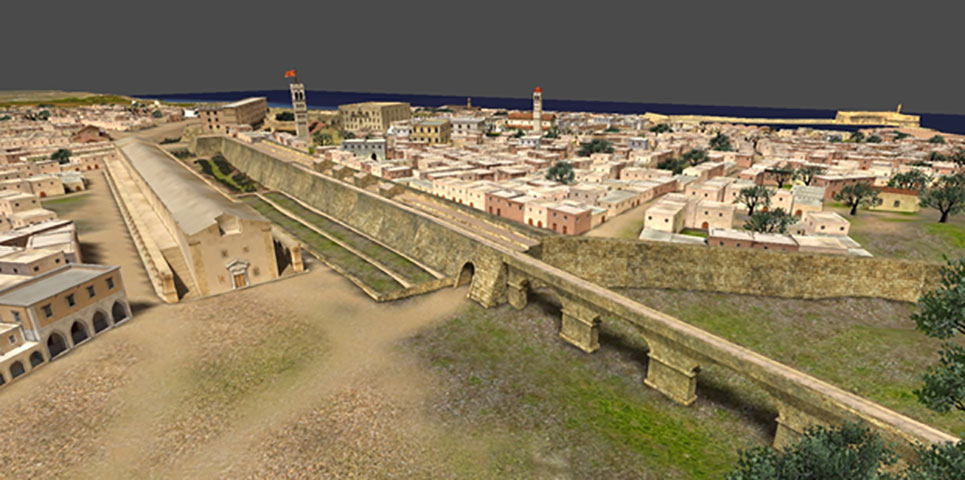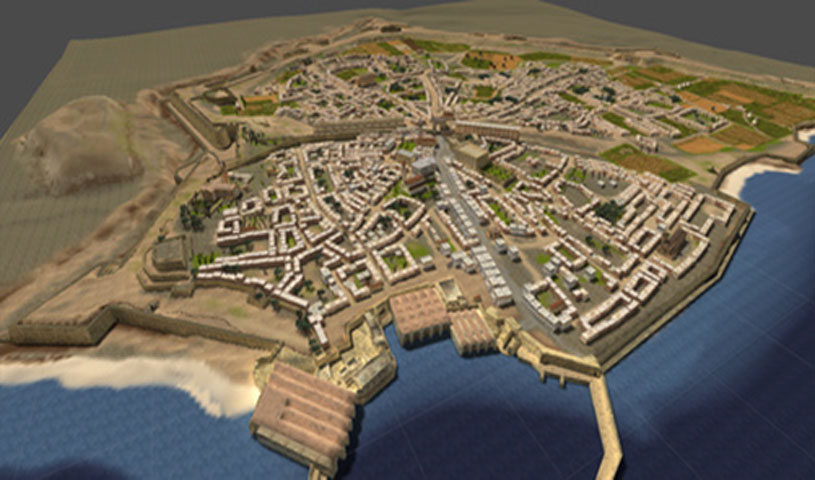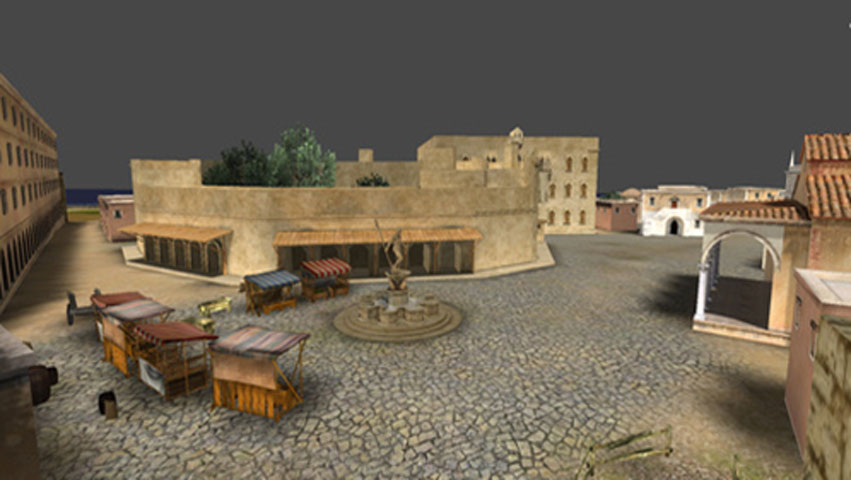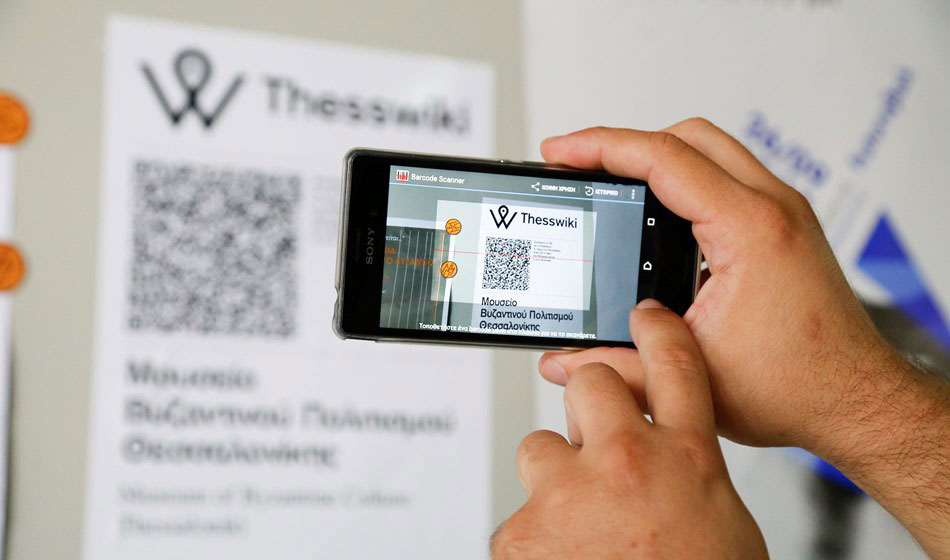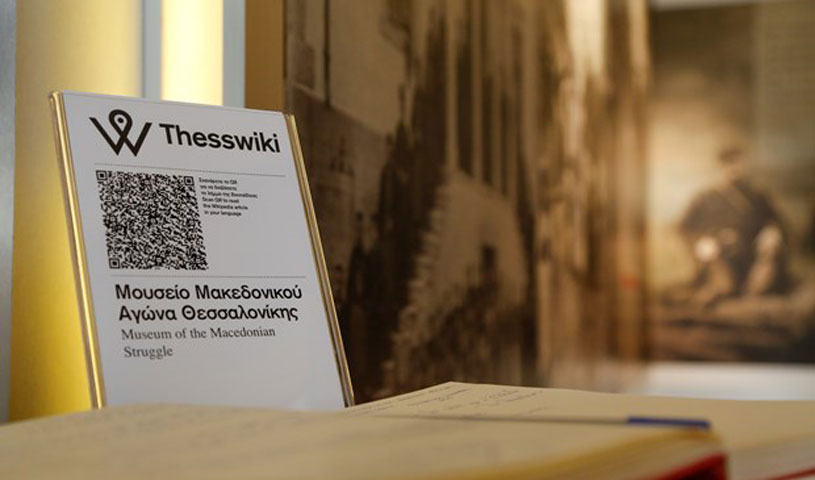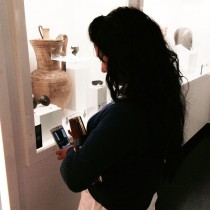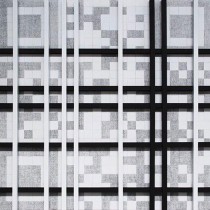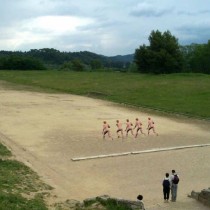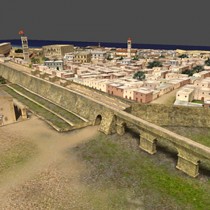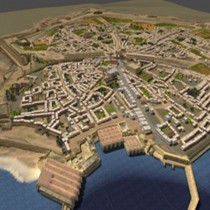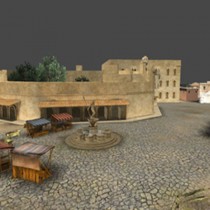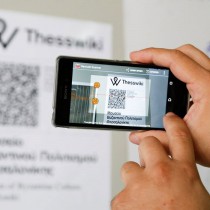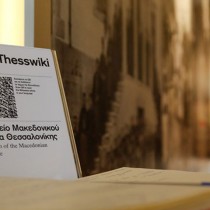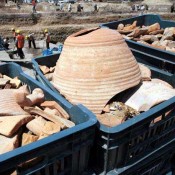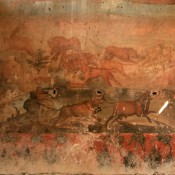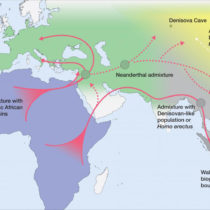The concept of cultural heritage (note 1), rather than being a state, is more an active process of relating to the past, “a means of communicating and transmitting ideas, values and knowledge which include the material, intangible and virtual” (note 2).
Digital heritage was made significant by the UNESCO Charter on the Preservation of the Digital Heritage (note 3), which refers to unique resources of human knowledge and expression, created digitally or converted into digital form from existing analogue resources. The concept of digital heritage is most often used for virtual reality programmes and the documentation of cultural heritage (note 4) and consists of three main areas (note 5): the documentation of a specific monument, its digital virtual representation, and the circulation of digital cultural reserves. The value and importance of digital heritage (note 6) is recognized by UNESCO, since in the proceedings of the conference on “Memory of the World in a Digital Age”, Janis Karklins notes (note 7) “whether recorded on a clay or electronic disk, the methods by which we share content and knowledge must be protected.”
The circulation of digital heritage concerns the visitor of a monument and the user of digital heritage and contains the element of interpretation (Heritage Interpretation) in the sense it was recently introduced to the culture industry (note 8).
The new digital era, inaugurated in the 21st century, allowed unprecedented open access to information, knowledge and “heritage”, while at the same time raising questions as to how such a large amount of information can be navigated and the effectiveness of its interpretation.
In 2008, recognizing the complexity of new data with the spread of interactive digital heritage applications, UNESCO issued the “Charter for the interpretation and presentation of Monuments of World Cultural Heritage” (note 9), in order to determine “both a pure, rational and standardized terminology and accepted professional principles for the interpretation and presentation of heritage”.
Nowadays, the applications on mobile phones are one of the most basic tools used for interpretation. This was helped by the rapidly growing use of smart mobiles, their connection to the internet, their widespread use by a wide age range (a great influence on a young public), the variety of applications, cultural or other, that these can support and the level of the medium’s pervasion into people’s daily habits. For cultural heritage to be an active relationship process in the digital age, then this requires that one should be connected to the internet.
In recent years, surveys done by mobile phone companies and museums or other cultural organizations recognize that this medium has infiltrated the area of culture and has an impact on the tourist industry. In a survey (note 10) by the Museums Association of Great Britain it was acknowledged that interpretation through mobile phones is not a temporary fad, as it has an important place in both the experience and expectations of the visitor who has used this medium.
The “Charter for the interpretation and presentation of heritage” focuses (note 11) on the way in which “the dramatic expansion of interactive activities in many monuments, the introduction of complex interactive technologies, the development of new economic strategies for the promotion and management of cultural resources, have created new complex data and raised fundamental questions on the expected results of their protection and the acceptance [of their protection] by the public with new media”.
Multimedia applications, websites and fresh possibilities offered by new technologies should in future be used both in the interpretive infrastructure, and in the preservation of analogue or digital data. However they should respect the authenticity of monuments, highlighting their importance and the cultural values of tangible and intangible heritage. Particular attention should be paid to avoid disturbance by the interpretive infrastructures.
The latter that support multimedia applications (kiosks and screens et al.) should be integrated into the natural environment, be suited to the character and content of the monument and their use not to cause damage or any disturbance to the visitors’ experience. Emphasis is given to the content, so as to avoid an incorrect and inappropriate interpretation of the monument, with the aim to amuse rather than recognize its importance. In the production by artists, architects and programmers of digital cultural heritage, such as virtual reconstructions, applications in heightened reality, et al., there must be a detailed and systematic analysis of data (architectural, historical, environmental et al.), including an analysis of existing research, recordings, oral or other testimonies. In this way digital heritage becomes an enriched extension of the existing one and not simply a flat, interpretative application. In regard to copyright for use of the material with which both multimedia applications and metadata are created, the existing legal framework should be taken into consideration.
A positive evaluation has been made of possibilities offered by new technologies in enhancing personal experience, interaction in the educational process, potential synergy in the production of digital cultural heritage and the communicative power of social networks. At a time when a large proportion of the public is familiar with the use of mobile phones in other areas of its life, this medium’s infiltration into the promotion and interpretation of heritage is not only a challenge but also a necessity (note 12). Here, objectives in the use of the medium are the visitors’ active role, the personalizing of the museum experience, the interaction with the interpreted monument or museum collection (note 13). In the digital interpretation, emphasis is placed on the stages of the visit to a cultural resource in connection with its cultural heritage. Thus a distinguishable stage is the one prior to the visit (visit to the webpage), the interpretation of the site (using digital applications on the smart phone), the stage following the visit (feedback of experience by visiting the web page or others on the internet).
The infiltration of smart phone applications beyond the areas of entertainment, commerce and the tourist industry into culture, requires their rational and scientifically documented use in interpreting cultural heritage, as there is a risk of interpretation ending up as entertainment and monument heritage becoming a theme park. Moreover, in the context of postmodern ideology, the cultural industry recycled the past, made history of the present, broadened the concept of heritage and cultural resources both as ideas and institutions, presenting novel cultural products in an effort to attract the public.
In regards to the widespread use of mobile phones and their virtual applications, mainly in archaeological sites, monuments and museums, there is criticism that digital interpretation removes the monument’s intangible values such as authenticity, uniqueness and spirituality. It leads the user towards a consumer process by recurrent applications respectively used on mobile phones and hence to a “Disneyfication” of heritage (note 14).
Nevertheless, the Charter of UNESCO (note 15) has established a framework of principles, values and guidelines for the interpretation and presentation of heritage, concisely presented above and accordingly will set technical and interpretative goals, assisted by Information Technology staff.
Applications of mobile phones for the digital interpretation of cultural heritage in Greece
Applications of mobile phones used recently in museums and archaeological sites both abroad and in Greece make use of the advance in technology of the latest generation of mobile phones. In recent years, the use of the QR Code (Quick Response Code) has become particularly popular in Greece. This is a two dimensional bar code that can be scanned with the help of a smart phone. It is possible e.g. to store a link to a webpage inside a QR Code, so that by scanning the latter, the user can automatically navigate the former. The use of the QR Code in museums, historic towns and archaeological sites (note 16) allows access to a greater range both of collections and information through identified sites, broadens the experience of the visit by linking up with other teaching aids such as video, sound, educational games, etc. and forms an active, dialectic relationship between visitor and heritage, with an emphasis on young audiences familiar with its use.Visitors scanning the Quick Response Tag can collect more information about an object, connect to a webpage of the museum, link the object with sounds or videos, play interactive games such as solving a puzzle or a riddle, participate in soundwalks or an interactive story.
Installing the QR Code does not cause disturbance to the monument or exhibit. The QR Code is also distinct and can be copied if destroyed. However, its use requires the loading of the respective application by the user and the presence of a hyperlink. The wide use of this medium for commercial purposes tends to reduce its interpretative character.
Quick Response Tags have started to be introduced in several museums and Municipalities (note 17), for promoting and interpreting cultural heritage for visitors (note 18). The following museums are mentionedindicatively, to showthe variety and geographical range of cultural resources that have incorporated digital interpretation via QR Codes: Byzantine and Christian Museum, Museum of Greek Folk Art, National Museum of Contemporary Art, Folk Art and Ethnological Museum of Macedonia and Thrace, Museum of Byzantine Culture in Thessaloniki, Digital Museum of Andros, Meteora Natural History Museum and Mushroom Museum, Digital Museum of Plato’s Academy, Archaeological Museum of Rhodes, Ecclesiastical Museum of the Monastery of Panagia Tsambika in Rhodes, Archaeological Museum of Olympia, Museum of the Zeitenlik French cemetery in Thessaloniki, et al..
Near Field Communication (NFC) is short-range wireless technology that transfers data through the use of the latest mobile phones. Its operation is based on the contact or approach within a few centimetres of the device containing the NFC chip with some other device with the appropriate sensor.NFC is widely used in everyday life and applied in various fields, such as access control, electronic transactions, the exchange of information, payment transactions et al. NFC technology is spreading rapidly due to its use by smart phones which have incorporated it. The easy interaction it provides, the direct reading and writing of data, a range of everyday applications and the links between them contributed to its also spreading to cultural institutions, mainly abroad. Near-Field Communication permits links with interactive, audio or virtual applications, but also the interaction of visitors with social media. However, it should be mentioned that the technology is not available on iOS, it requires Wi-Fi 3G or 4G, it is not safe as data can easily be intercepted and because it is realized from a distance, there is a risk of data loss.
The successful application of Near-Field Technology in the London Underground (Oyster cards) boosted Communication Companies and Universities to use applications and programmes in monuments or city centres.
In the town of Caceres in Spain, the NETUR-Caceres programme by the Gamma Solutions Company, allowed visitors to the historic town centre to obtain information via mobile phones and Near-Field Communication technology, enriched with videos and a language selection, about the museums, monuments and city landmarks.
The tourist board of India introduced both the above applications in the Khajuraho temples, which are monuments of World Heritage.
These applications allow managers of heritage, by analysing metadata of digital tours, to examine the visitor profile more thoroughly, identify interests, attitudes and expectations, and then incorporate this information into the digital interpretation.
Augmented Reality is the technology by which graphics are taken from the computer and introduced into real world environments (note 19). AR Vision technology enables a live, real-time viewing of the environment, enriched (augmented) with pictures and two or three dimensional information via a mobile phone, computer or info-kiosk (note 20).Through the camera and GPS system of a smart phone, information is provided (texts, images, videos, sounds, three-dimensional environments, et al.) for places of interest near the site the user is situated and which he/she targets with his/her camera. In this way, the interpretation enriches a lively view of the real world with sensory stimuli and graphics. Archeoguide in ancient Olympia was one of the first augmented reality applications used internationally at an archaeological site and it supported three types of mobile devices, a laptop, tablet and portable digital disc.
The application’s aim was to give the visitor an enhanced image of ancient Olympia and interpret the cultural heritage of the Olympic Games.
In the Museum of Industrial Olive Oil Production in Lesvos, the application AR Museum operates on mobiles used specifically for educational purposes (note 21).
To conclude, some case studies will be briefly mentioned that highlight notable aspects of digital interpretation. Through new technologies, the digital guide of the Acropolis Museum incorporates archaeological research and documentation, highlighting the uniqueness of the monument, the necessity of returning the marbles and the value of their protection
The project ” Herakleion, each step … a journey in history “- an Electronic Tour round the Old City of Herakleion” depicts a variety of digital applications for the interpretation of monuments in the historic city centre, while the iGuide provides an online platform for those archaeological sites and natural landmarks in Thrace that lack either a museum or services in guided tours.
Finally, Thesswiki is a standard crowd sourcing activity, in which an individual actively participates in producing cultural products, promoting the dynamics of interaction between new technologies and social networks.
In the 21st century, these applications demonstrate the potential as well as the possibilities of digitally interpretating a culture to which we will be constantly connected.
Manos Mikelakis
Archaeologist, Ministry of Culture and Sports
